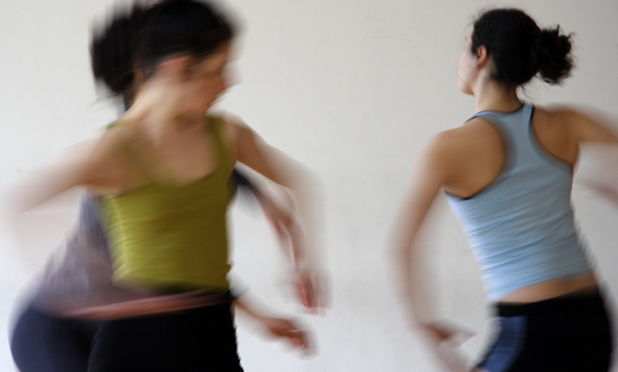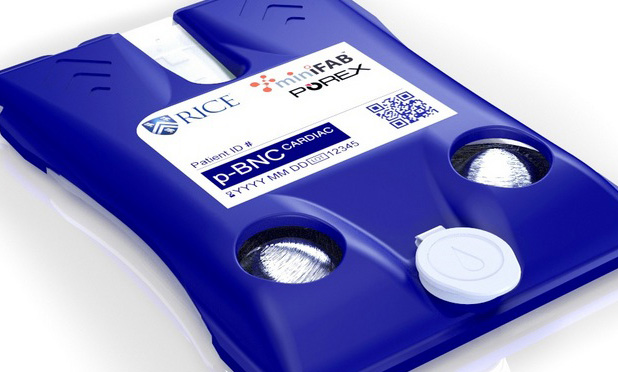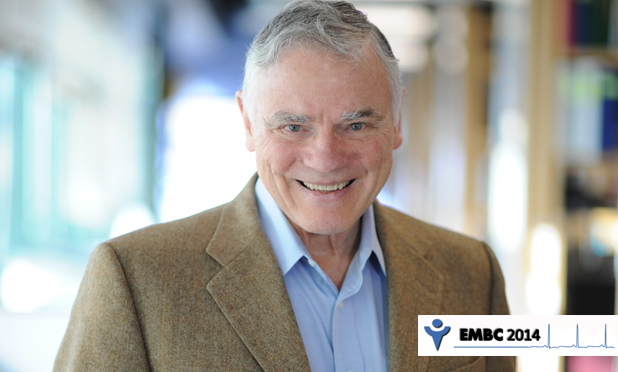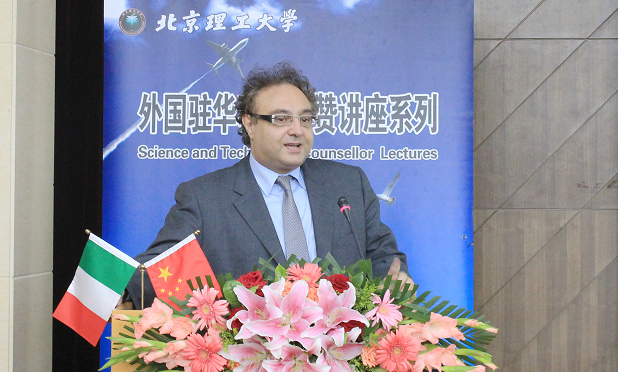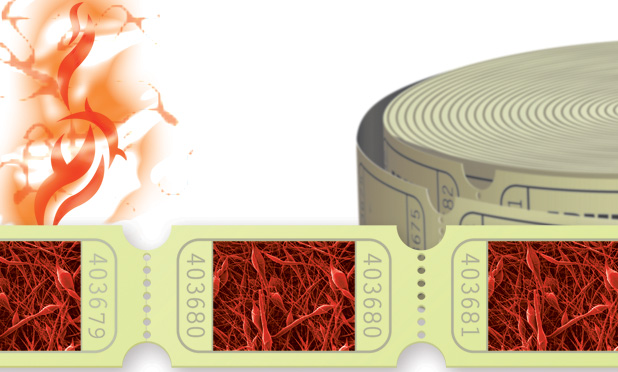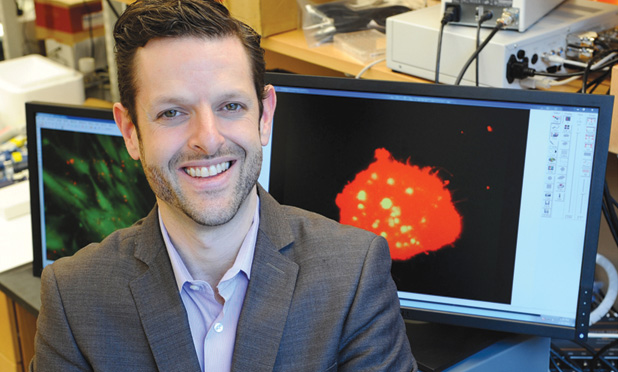Laurent and Larry Bourgeois look more like cyborgs than humans when they dance. Their movements are impossible—their upper bodies gyrating independently of their lower extremities. Their moves are sporadic, easily…
read moreJohn McDevitt, the Brown-Wiess Professor of Bioengineering and Chemistry at Rice University, thinks we are on the brink of a significant transformation in medical diagnostics—but it’s going to take some…
read moreNext month, IEEE PULSE will take an in depth look at the worldwide diabetes epidemic. We’ll be exploring societal and demographic trends around the world, as well as new initiatives…
read moreThis is the first in a series of features on EMBC 2014, the 36th Annual International Conference of IEEE’s Engineering in Medicine and Biology Society, taking place in Chicago, IL,…
read moreProfessor Innocenzi is the Science and Technology Counselor at the Embassy of Italy in the People’s Republic of China in Beijing. He is also a full professor of Materials Science and Technology at…
read moreA biomedical engineering lab at UC Irvine is trying a bold new experiment: crowd-funding a lab project to address lagging rankings of Science Technology Engineering and Mathematic education (STEM) in…
read moreIn 1979, a Hebrew University biochemist named Yechezkel Barenholz teamed with Alberto Gabizon, a newly minted Ph.D. from the Weizmann Institute of Science, to find a better way to give chemotherapeutic…
read moreWhy are nanomaterials such a hot ticket? It’s all about size. Thanks to their small dimensions (at least one dimension fewer than about 100 nm) and, therefore, high ratio of…
read moreFive years ago, Jeffrey Karp sat down to a dinner party with Massachusetts General Hospital dermatologist R. Rox Anderson. The two started talking, and by the end of the evening,…
read more


